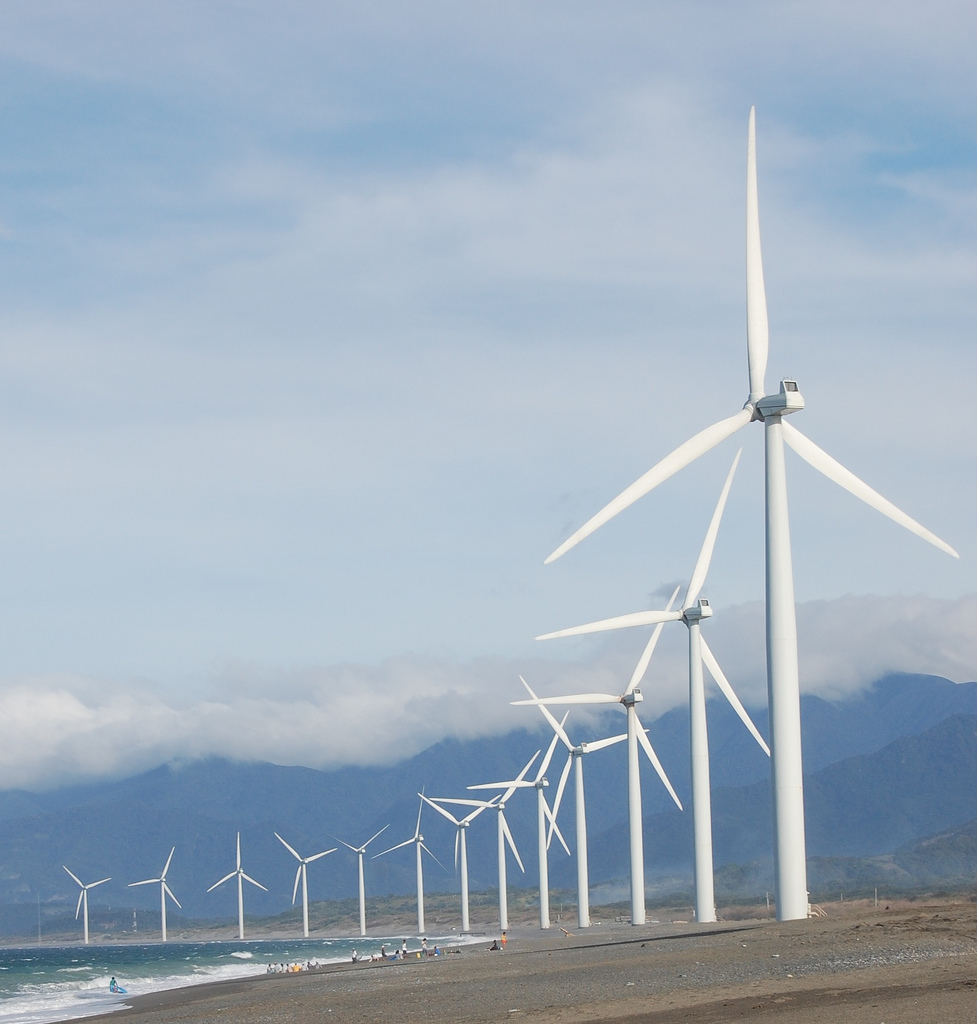|
Renewable Energy in India – T he Indian economy is one of the fastest growing economies in the world with a GDP growth rate of 8% per annum. With a population of over 1.3 billion, India consumes 3.7% of the world’s commercial energy making it the 5th largest consumer of energy globally. India’s total commercial energy supply is dominated by coal and imported oil. Renewable resources account for approximately 10% of the power generation mix.
To power the economic growth of 8% per annum, Integrated Energy Policy (IEP) and Central Electricity Authority (CEA), Government of India have estimated India’s peak power demand to be 225 GW by 2017. McKinsey in the study ‘Powering India: The Road to 2017’ has estimated that the peak demand will be between 315 and 335 GW. It argues that the target set by the Government of India is too low to meet the growth requirements. In both the scenarios by 2017, India would require a total installed capacity of 415–440 GW. This means that in the next 3 years, we would need to install approximately 200 GW more, which is roughly what India has achieved in last 65 years. The challenge is that the Indian power sector suffers from limited supply and poor quality of coal. On account of low levels of technological advancement, the Indian power plants emit 0.94 kg CO2 per kWh produced, which is approximately 50% higher than the world average. India is set to become the 3 largest emitter of greenhouse gases in the world by 2015. As per the report ‘Assessing the Costs of Climate Change and Adaptation in South Asia’ by Asian Development Bank, the cost of climate change could result in a 8.7% loss in the country’s GDP by 2100. India is committed to the international climate change negotiation process and has pledged to reduce its economy’s greenhouse gas (GHG) intensity. Our National Action Plan on Climate Change (NAPCC) has suggested that by 2020, 15% of the country’s energy supply should come from renewable sources. Given the fact that an estimated 660 million people live in rural areas not yet connected to the grid, India has a great opportunity to create a cost-effective and climate-friendly decentralised electricity supply using renewable resources. The key drivers for renewable energy development in India are as follows: • Significant demand supply gap • Abundance of sites for tapping renewable sources of energy • Availability of new forms of capital in the form of National Clean Energy Fund (NCEF), Clean Development Mechanism (CDM) and increasing presence of Private Equity (PE) funds in the clean energy market • Increasing state level initiatives by states such as Punjab, Haryana and Andhra Pradesh in the development of renewable energy projects Renewable energy development in India also has many challenges such as: • Conventional power sources get various subsidies which are hidden making the pricing of renewable energy sources un-competitive. • Renewable power is distributed in nature thus maintaining the same quality over a long period is sometimes challenging. For example, in the case of biomass, calorific value may change with the source or nature of biomass used. • High cost of technology development makes renewable energy more expensive. • Getting various clearances are also time consuming for the developers. A single window clearance system would help the sector immensely. Our country can move on the path of sustainable development by implementing renewable energy technologies wherever they are economically feasible. It is imperative that India develops a policy framework and functioning business models to attract private sector investment into off- grid electricity generation. q
stiwari@devalt.org
|